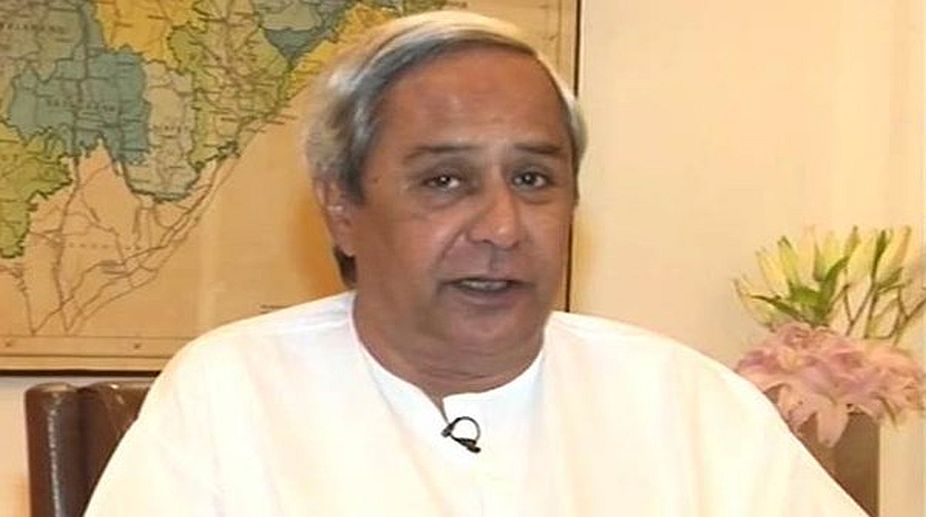A year before the local council elections in Odisha ~ yet another indicator ahead of the Assembly polls in 2019 ~ Chief Minister Naveen Patnaik’s fire-fighting exercise has almost immediately caused a flutter in the BJD roost. Sunday’s major cabinet reshuffle, ostensibly geared to shore up the ruling party’s image in the aftermath of the debacle in the panchayat elections, has intensified dissidence, to the extent that it has ignited a minor revolt within the party. As much is evident from the spate of desertions over the past 72 hours, notably that of the veteran tribal leader, Jairam Pangi, who has preferred membership of an ascendant Bharatiya Janata Party. Far from refurbishing the image of a demoralised government, the reshuffle has served to alienate a large section of the party in the subaltern region, that at least theoretically is the bedrock of the panchayati raj. More important than the number of new faces who have been inducted has been the calculated exclusion of the younger lot and the renewed dependence on the BJD’s old guard. In the process, the Chief Minister has accorded short shrift to the crucial tribal belt of western Odisha, specifically the KBK region (Kalahandi, Bolangir, Koraput) and Sambalpur, Sundergarh, and Malkangiri, the last a hotbed of Maoist activity. Small wonder that postreshuffle, tribal disaffection has intensified in a state that is predominantly rural. For Odisha, the issue is much too emotive, one that could turn out to be a major challenge ahead of the elections to the local quangos and the Assembly.
By any reckoning, Mr Patnaik’s strategy has misfired not least for a man who has been on a sticky wicket since the February elections to panchayats. Of the state’s 30 districts, as many as 13 are unrepresented in the ministry. At another remove, there are areas, notably Ganjam, Puri, and Bhadrak districts, that are over-represented. Not that the Chief Minister is obligated to ensure the representation of all districts, but the ratio is palpably disproportionate, indeed effected to the neglect of a vast swathe of a politically volatile state. Is it possible that the reshuffle has been a reprisal of sorts? For it needs to be underlined that these 13 districts had, over the past few months, emerged as the nerve-centre of the BJP’s resurgence, most particularly in the tribal belt. That resurgence is mirrored in the outcome of the panchayat elections. As it turns out, the net result of the in-house bickering within the Biju Janata Dal is that the unrepresented districts may have been given to the BJP almost on a platter. No wonder the party felt emboldened to hold its national executive meeting in Bhubaneswar. Mr Patnaik was expected to be more astute while playing his cards. The political reshuffle has boomeranged. And the BJP may have gained by default.











